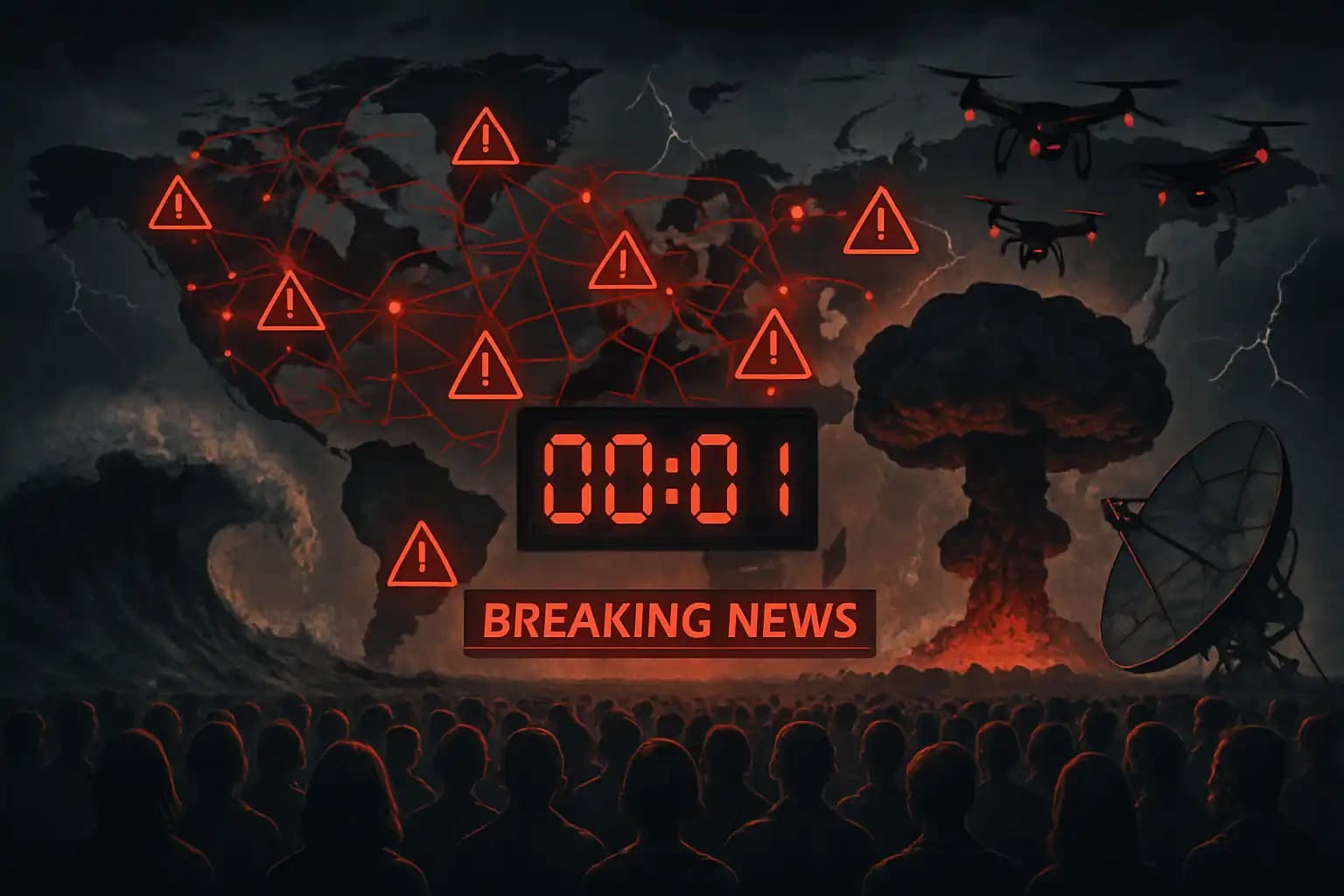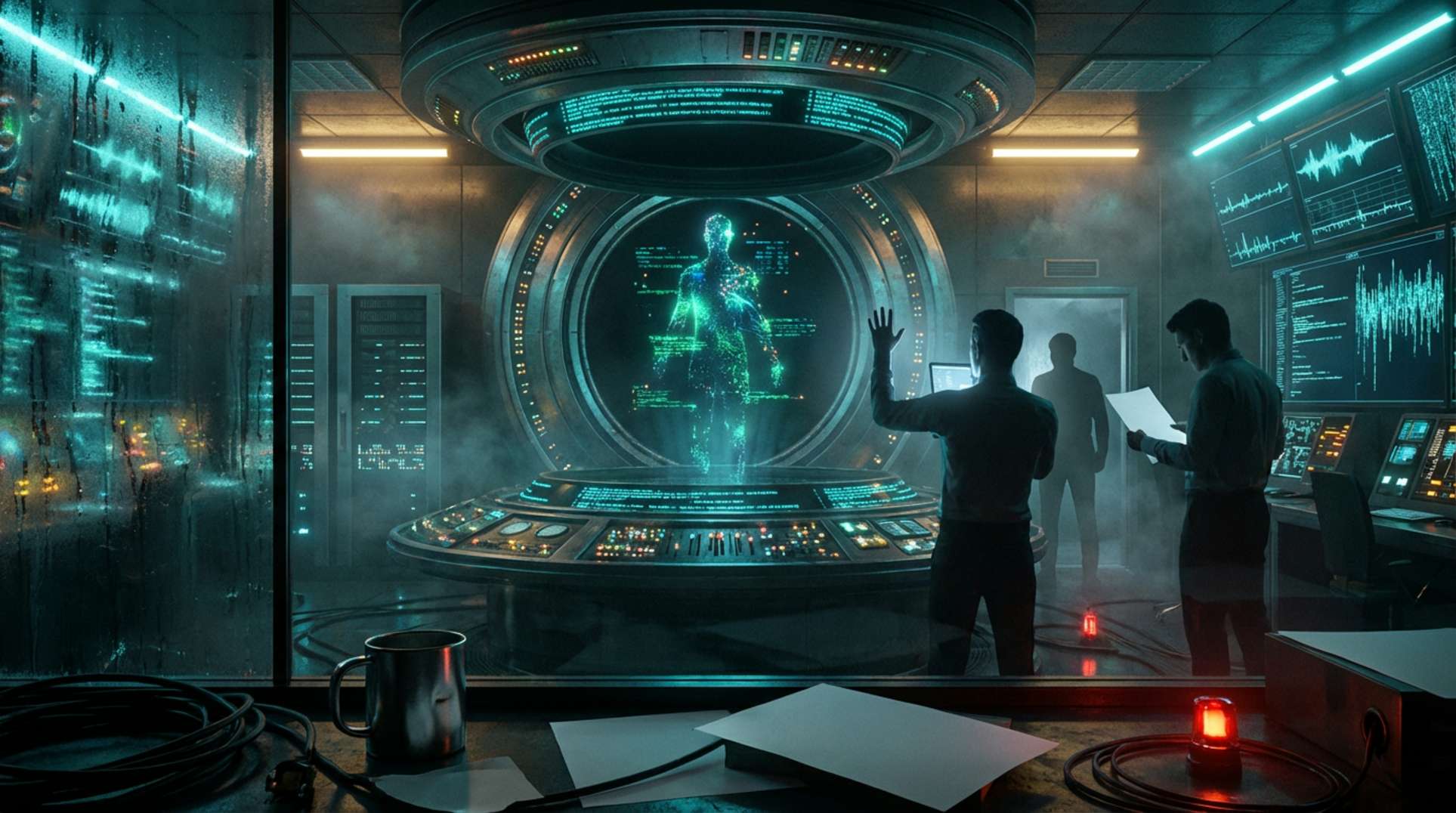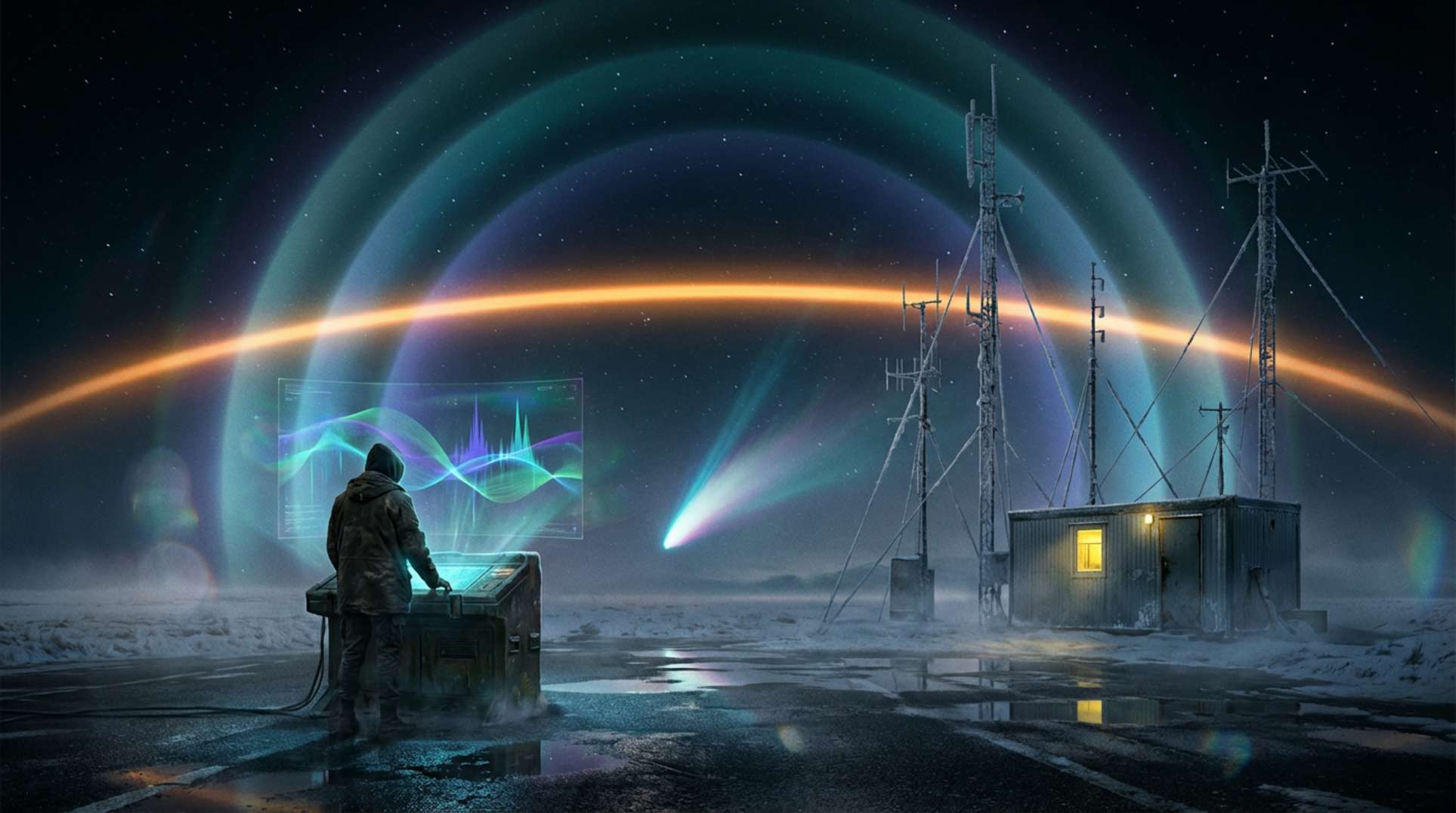The phrase “final warning” should chill anyone’s spine, yet it saturates discussions—from think tanks to prepper radio. This isn’t another doomsday click-bait; credible early warning systems worldwide flash alerts across conflict, climate, economic stability, and tech vulnerability. If you sense reality is nearing collapse, you’re not paranoid. Authorities from the UN to private trackers confirm that global risk surges to historically high levels.
The 2024 ALERT report states that nearly half of tracked armed conflicts worsened last year. Forced displacement reached an all-time high, with 110 million people uprooted. The Crisis Group’s global tracker and ACLED’s July 2024 Conflict Index show a disturbing rise in violence and risk exposure. This troubling trend extends beyond warfare; systemic cracks in governance and societal fabric so thin suggest that even a tiny spark could ignite a firestorm.
Early Warning Systems and the Reality of Escalating Crises
Modern early warning systems surpass traditional air-raid sirens. They form global data networks that scan for hazards, from tectonic shifts to pandemics. According to Wikipedia’s explanation, these frameworks rely on ongoing risk analysis, community readiness, and constant communication. They aim to buy us time and reduce harm. Yet, even these systems now struggle with the onslaught of threats. Disasters build upon economic and political crises, creating a domino effect observable in issues like supervolcano threats intersecting with global earthquake swarms discussed in this deep-dive on geophysical risk.
This backdrop compels world leaders to sound harsh warnings, spanning nuclear tensions and misinformation campaigns. They assess an “AI crisis singularity,” as discussed in AI catastrophe scenarios. Far from alarmism, these signals reflect the Roman saying: ignore the omens at your peril. Those who dismiss omens should review collapse diagnostics in this analysis of societal downfall.
Conflict, Catastrophe, and Systemic Instability: The Current Flashpoints
Let’s not deceive ourselves; global conflict accelerates. ACLED’s July 2024 update estimates that nearly one in seven people faces conflict this year alone. These numbers can seem abstract, yet they represent food insecurity, millions displaced, and ceaseless reports of nuclear threats. Pay attention to China’s recent maneuvers, which evoke real concerns discussed in this escalation analysis. These shifts influence geopolitics, supply chains, and technological futures, edge dangerously toward conflict. Add the multipolar chaos from Russia’s ongoing summer offensive and Pakistan’s crackdown, highlighted in Situation Room intelligence, and it’s clear the world’s order shows signs of strain.
However, real catastrophe might emerge from unexpected sources: within. Systemic shocks, such as blackouts or massive cyberattacks—paths explored in hypothetical collapse scenarios—can bypass militaries entirely, leaving governments unprepared. Historical examples offer little comfort; from Rome to modernity, it’s often the overlooked issues that lead to downfall.
Information Overload and the Perils of Ignoring Warnings
In an age of satellites and social media, you might think we’d heed incoming warnings. Yet, constant exposure to crisis signals leads to numbness, not awareness—often termed “Siren Fatigue.” Society’s reactions to ongoing revelations—whether ancient prophecies interpreted by chaos theorists or misreading foreign policy, as highlighted in Putin analyses—underscore our struggle to distinguish noise from significant alarms. Yet, as every prepper knows, it’s the ignored signals that hit hardest when a crisis finally strikes.
Technological warning systems depend on our willingness to respond, whether the threat arises from electromagnetic storms, rogue AI, or another “unprecedented” event. The world’s most advanced alert networks already issue warnings. Historical records, dissected by platforms like Unexplained.co, provide crucial context. Ignore them, and you gamble with a stacked deck.
The Real Final Warning: What Can Be Done?
If history is a guide, those who act on final warnings, rather than merely discussing them, will fare best when disaster unfolds. This necessitates engagement—educating oneself on evolving risks, investing in resilience, and resisting the temptation to be lulled by the spectacle of “unprecedented times.” Those who wait for an undeniable signal may face nothing but regret—and witness chaos unfold from the front row. For everyone else, tools and knowledge exist; however, the will to prepare must be summoned before the alert changes from “final warning” to “too late.”





